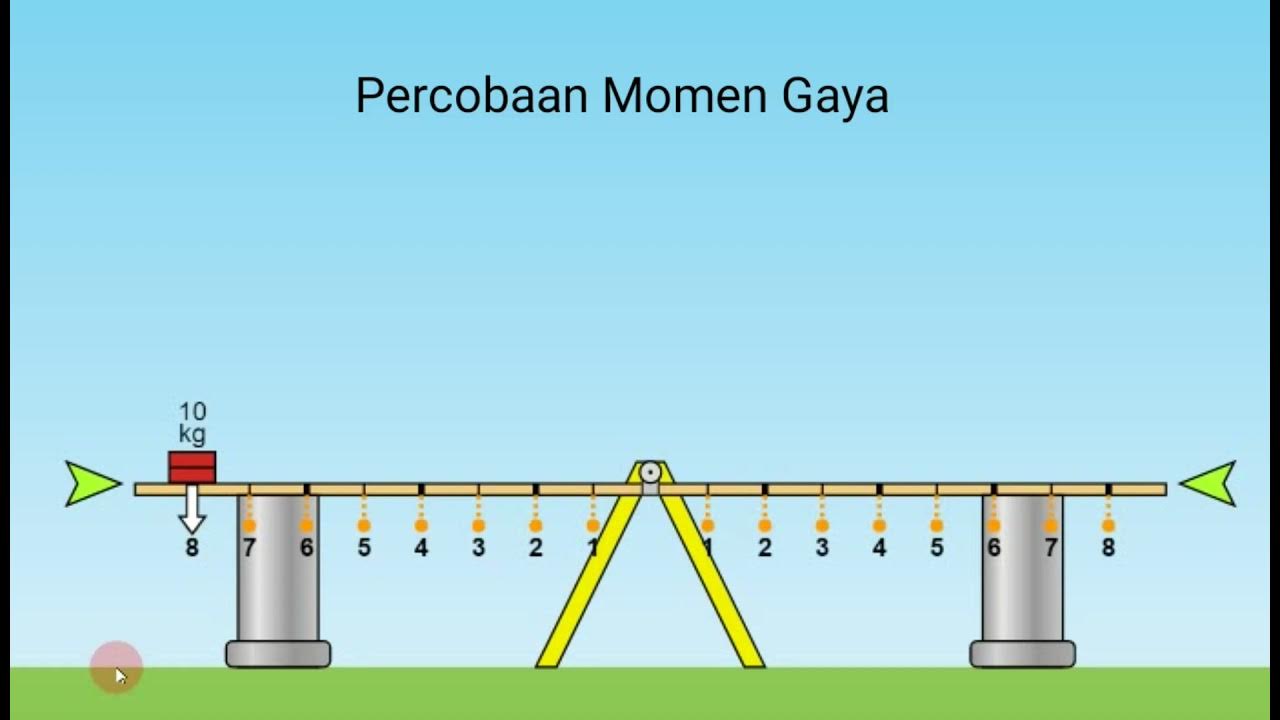Year 2 Position and Direction (Clockwise and Anti-Clockwise)
Summary
TLDRThis activity-based lesson teaches students how to identify and understand clockwise and anti-clockwise directions through the use of a circular diagram divided into four parts. Using toys and strips labeled with whole, half, quarter, and three-quarter turns, students practice recognizing different types of rotations in both directions. The lesson includes hands-on examples, where students must determine how far and in which direction an object has turned, helping them improve their spatial awareness and understanding of rotational movements.
Takeaways
- 🔄 The activity involves dividing a circle into four parts, with each section representing different tones or letters.
- ➡️ Clockwise direction is when you move from A to B to C to D.
- ⬅️ Anti-clockwise direction is when you move from A to D to C to B.
- 🎵 Four strips need to be created, labeled as whole-tone, quarter-tone, half-tone, and three-quarters tone.
- 🧸 You can use toys or objects to help demonstrate and understand the directions and turns.
- ↪️ Moving from A to B in the clockwise direction is a quarter turn.
- 🔁 Moving from A to D in the clockwise direction is a three-quarter turn.
- 🕑 Resetting the toy's position after each turn is important for clarity.
- ⏩ The toy's position in relation to the circle determines the type of turn (e.g., half turn, quarter turn).
- 🔄 The activity can also be done in anti-clockwise direction, where the turns and positions are reversed.
Q & A
What is the purpose of the activity described in the video?
-The purpose of the activity is to help students understand clockwise and anti-clockwise directions by using objects and turns. Students will use toys and divided circles to visualize and practice different types of turns.
How do you divide the circle for the activity?
-The circle is divided into four parts, and each part can be labeled with letters or any other names. The four parts represent different points (A, B, C, and D) to help identify turns in the activity.
What is the difference between clockwise and anti-clockwise directions in this activity?
-Clockwise movement is when the object moves from A to B, B to C, C to D, and back to A. Anti-clockwise movement is when the object moves from A to D, D to C, C to B, and back to A.
What do the terms 'whole tone', 'half tone', 'quarter tone', and 'three-quarter tone' refer to?
-These terms refer to the distance the object moves along the circle. A 'quarter tone' is a 90-degree turn, 'half tone' is a 180-degree turn, 'three-quarter tone' is a 270-degree turn, and 'whole tone' means a complete 360-degree turn.
How do you know the toy has taken a quarter turn in the clockwise direction?
-If the toy moves from point A to point B in the clockwise direction, it has taken a quarter turn. This means the object has rotated 90 degrees.
What happens when the toy makes a half turn clockwise?
-When the toy makes a half turn clockwise, it moves from point A to point C, which is a 180-degree turn.
How can you tell if the toy has taken a three-quarter turn clockwise?
-If the toy moves from point A to point D in a clockwise direction, it has made a three-quarter turn, which is a 270-degree rotation.
What is the difference when the toy turns anti-clockwise?
-In the anti-clockwise direction, the sequence of turns changes. For example, if the toy moves from A to B, it is a three-quarter turn in the anti-clockwise direction, instead of a quarter turn as it would be clockwise.
What do students need to prepare for this activity?
-Students need a circle divided into four parts, four strips with labels ('whole-tone', 'quarter tone', 'three-quarters', and 'half tone'), and a few objects like toys to use during the activity.
How can this activity be applied at home?
-Students can replicate this activity at home by creating their own divided circles, preparing the strips, and using toys or other objects to practice clockwise and anti-clockwise turns. They can upload their results to the class dojo as part of their learning process.
Outlines

Cette section est réservée aux utilisateurs payants. Améliorez votre compte pour accéder à cette section.
Améliorer maintenantMindmap

Cette section est réservée aux utilisateurs payants. Améliorez votre compte pour accéder à cette section.
Améliorer maintenantKeywords

Cette section est réservée aux utilisateurs payants. Améliorez votre compte pour accéder à cette section.
Améliorer maintenantHighlights

Cette section est réservée aux utilisateurs payants. Améliorez votre compte pour accéder à cette section.
Améliorer maintenantTranscripts

Cette section est réservée aux utilisateurs payants. Améliorez votre compte pour accéder à cette section.
Améliorer maintenantVoir Plus de Vidéos Connexes
5.0 / 5 (0 votes)






